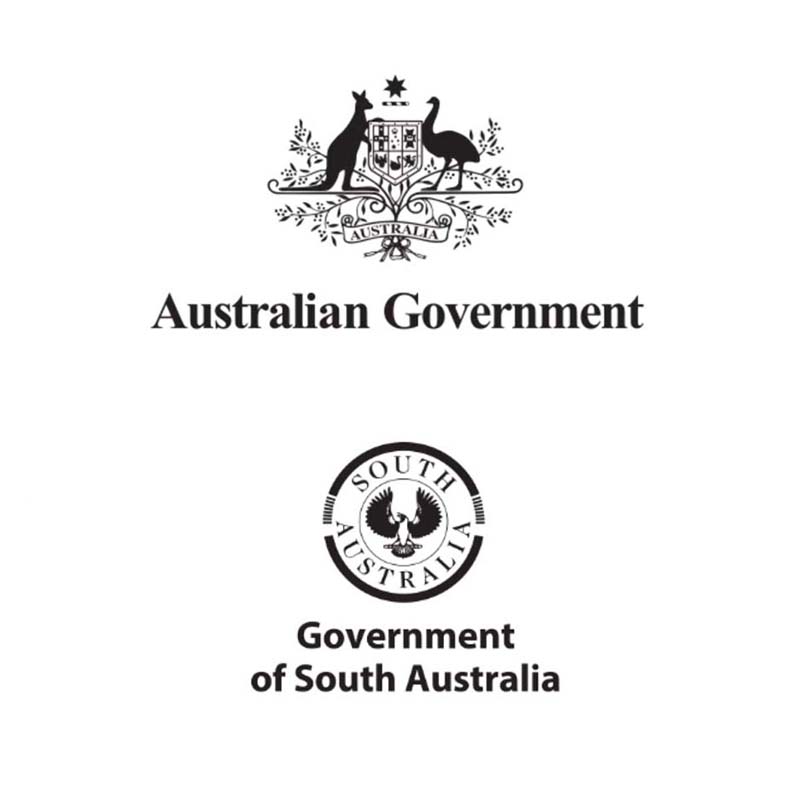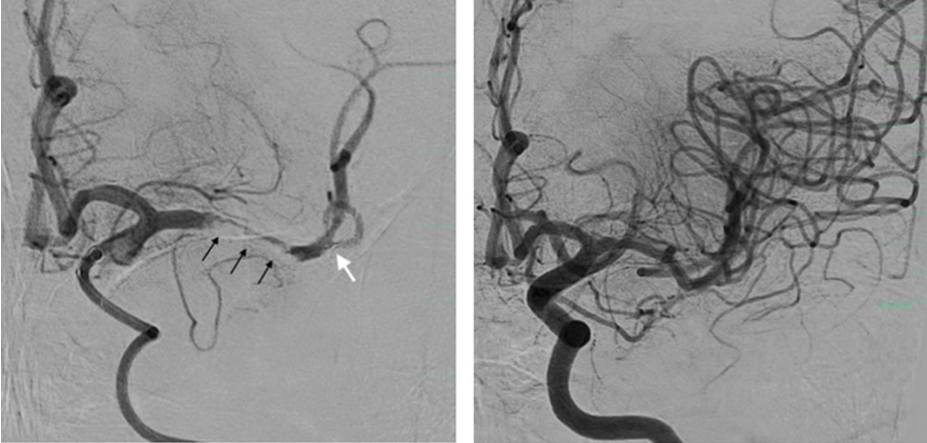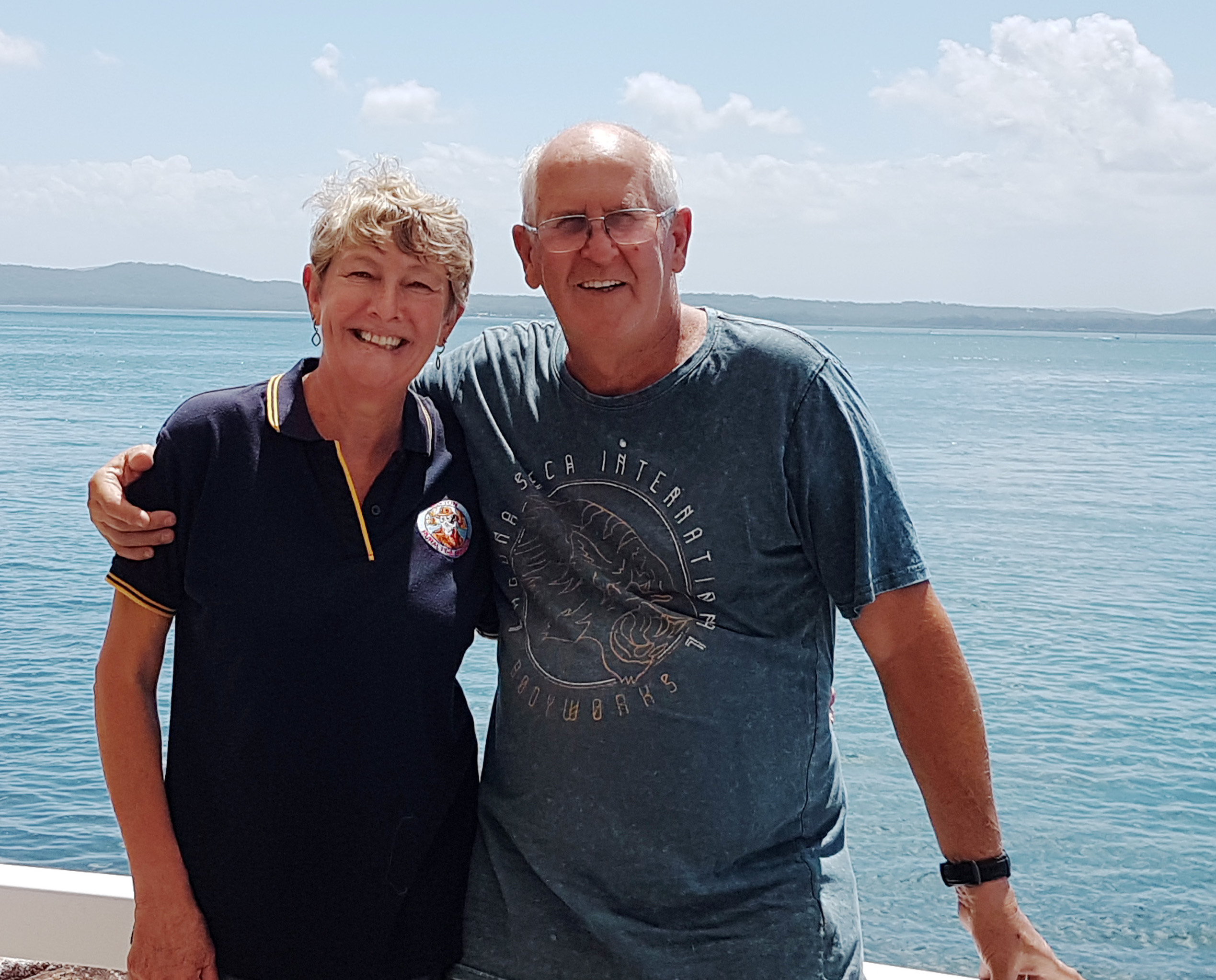News
Find the latest news from the Australian Stroke Alliance here. As well, we occasionally publish news on the latest in urgent, prehospital stroke care from around the world.

Rural patients receive life-saving telestroke care
A joint media release from Mark Butler MP and Chris Picton MP.

Emily’s life is saved by telestroke
Emily Sletten-Williams, 22, lives in Port Pirie and is a mother to Peyton, 3. She experienced a significant stroke while vacuuming at home.

EM Vision’s First Responder device in the news
7NEWS has featured EM Vision's progress with its portable brain scanner.

Cultural safety in Indigenous health care and research
An editorial in Lancet Global Health offers an insight into the Australian Stroke Alliance’s Darak principles. It discusses the challenges and solutions ahead for improved care of Aboriginal and Torres…

Alice Springs Hospital’s stroke care advances
A delegation from the Australian Stroke Alliance’s Darak team and Stroke Foundation recently visited Alice Springs as part of our mission to prepare for advanced prehospital interventions.

Rural telestroke service – SA Health leads
The Stroke Alliance is working with SA Health’s Rural Support Service to deliver statewide, urgent access to a neurologist using a telestroke system built specifically for their needs.

Meet one of our Australian commercial partners: Micro-X
When a person has a stroke, the clock starts counting down. The intervening ‘golden hours’ to diagnosis and treatment significantly affect survival rates and long-term outcomes.

Stroke-smart paramedics link to tele-neurologists
Listen to Professor Christopher Levi describe how we are transforming urgent, prehospital stroke care with NSW paramedics.

A national first: dedicated stroke telehealth cuts time to treatment for rural patient
A stroke survivor in NSW didn’t realise he had set some records until he sat down recently with stroke neurologist, Professor Mark Parsons.

Indigenous people more likely to have a stroke
Indigenous people may be more likely to have a stroke than non-Indigenous people, according to a systematic review that looked at populations around the world.